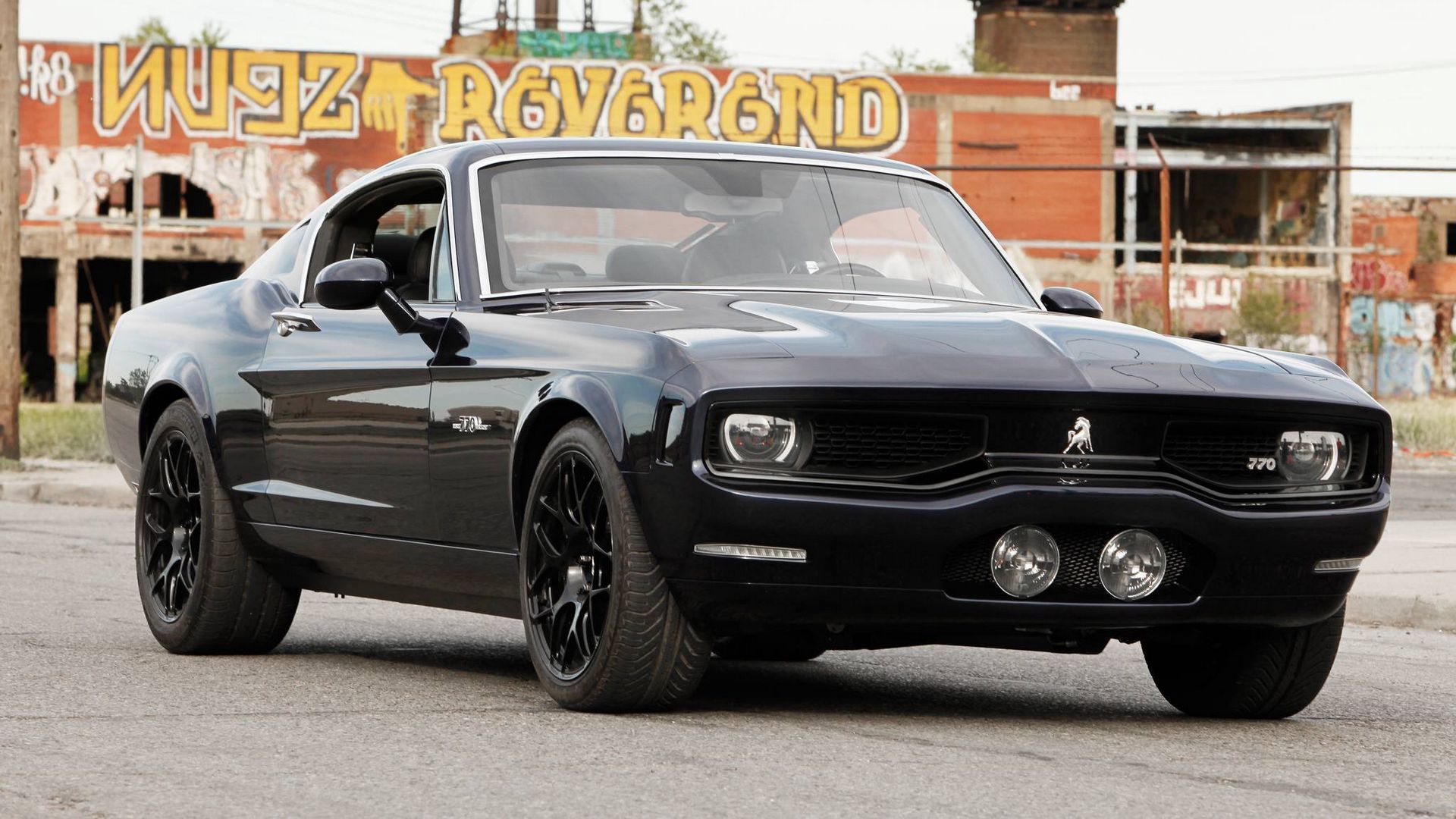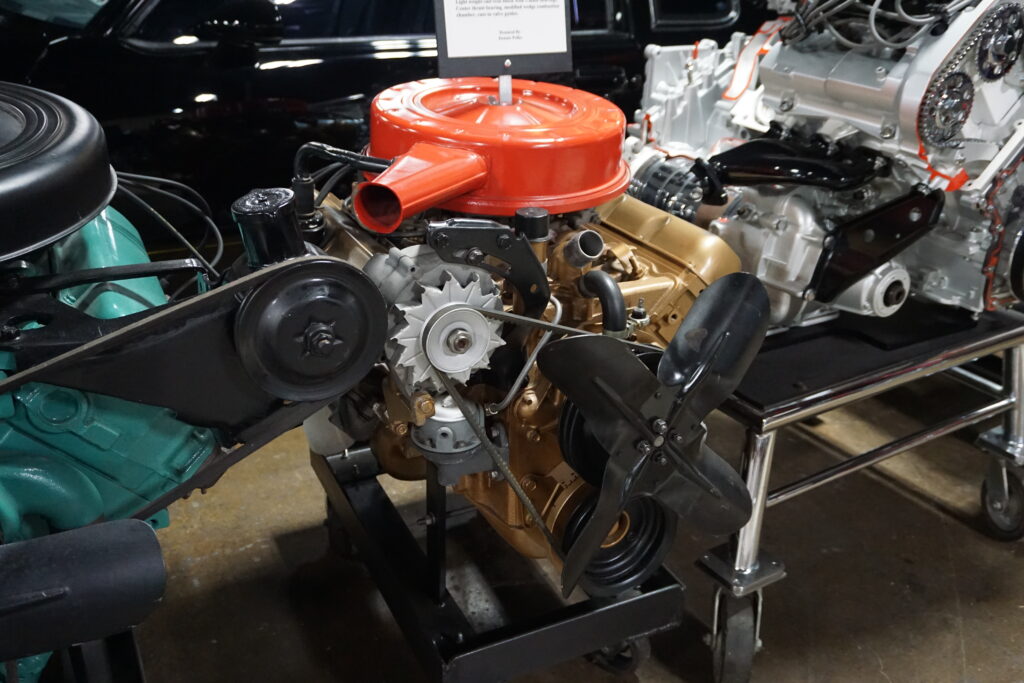
The rumble of a V8 engine isn’t just a sound; it’s a statement. For decades, it’s been the automotive industry’s equivalent of a chest thumping roar, signaling power, prestige, and an unbridled passion for the open road. From Detroit muscle to European luxury, the V8 has been the heart of countless legendary machines, a mechanical symphony that ignites the soul of any true gearhead. But in an era where every puff of exhaust is scrutinized, where “carbon footprint” has become a dirty word, that glorious roar is increasingly accompanied by a whisper of something less appealing: eco-shame.
Indeed, as the world pivots towards a future where “zero emissions” is the mantra and battery packs are the new powerhouses, our beloved V8 monsters are finding themselves squarely in the crosshairs of environmental critics and stringent regulators alike. It’s not just about what comes out of the tailpipe anymore; it’s about the entire lifecycle, the resources consumed, and the sheer audacity of burning fossil fuels in a world desperately seeking alternatives. The question isn’t *if* these icons are environmentally impactful, but *how much*, and what that means for their survival.
So, buckle up. We’re about to take an unflinching, perhaps even slightly uncomfortable, journey into the heart of the V8’s environmental dilemma. This isn’t just some dry, academic report; this is a hard look at the engineering marvels we adore, and the inconvenient truths that come with their impressive power figures. We’ll confront the challenges head-on, from the fundamental design choices that make them inherently thirsty, to the bureaucratic sledgehammers threatening to silence them forever, and the broader environmental toll they exact far beyond just their exhaust. Prepare to face the facts, even if they make your internal combustion engine-loving heart ache a little.
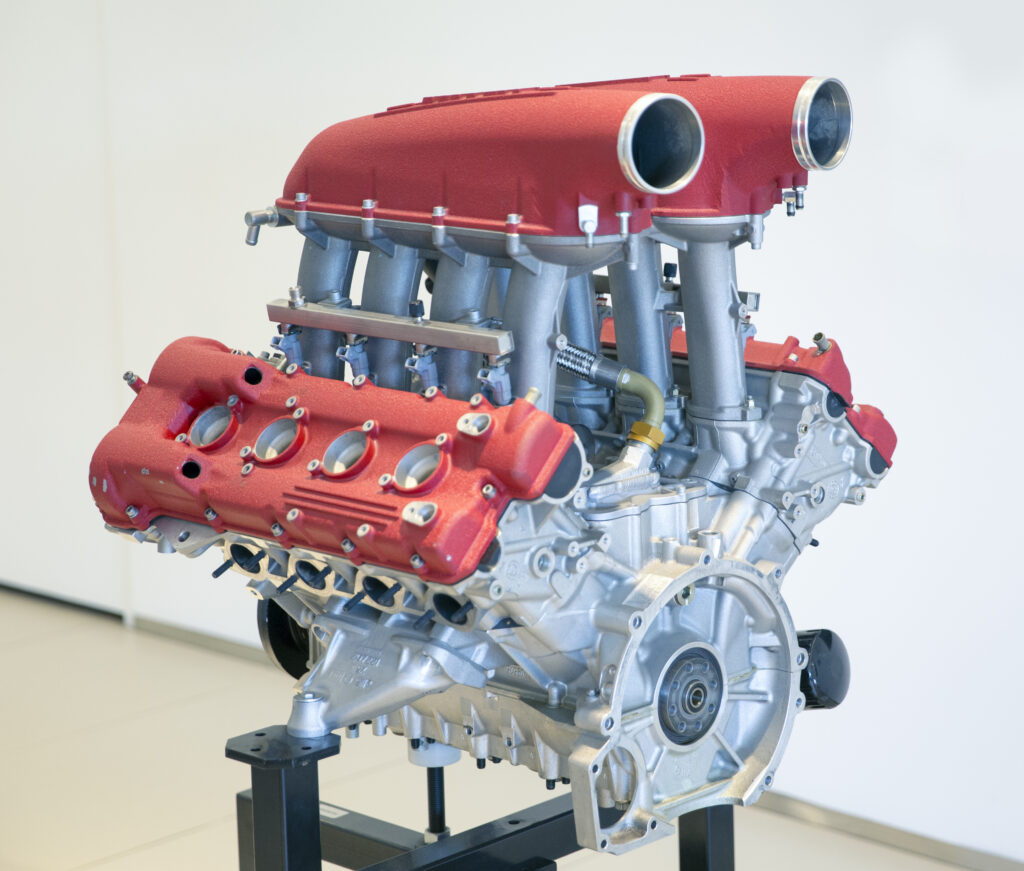
1. **The Unapologetic Guzzler: Why V8s are Carbon Culprits**
Let’s not mince words: V8 engines are, by their very nature, designed to consume. Their appeal lies in their displacement, the sheer volume of air and fuel they can ingest and combust to produce staggering amounts of horsepower and torque. This isn’t a flaw; it’s a feature. More displacement generally means more power, and for a long time, more power was the ultimate automotive virtue, regardless of the consequences at the pump or, more recently, for the planet.
This fundamental design ethos, prioritizing brute force over parsimonious consumption, is where the V8’s environmental legacy truly begins. A naturally aspirated V8 will almost always use more fuel than a naturally aspirated V6 or V4, simply because it has more cylinders working in concert, each demanding its share of fuel to create that characteristic V8 surge. It’s a simple equation: bigger engine, bigger appetite.
The direct consequence of this voracious appetite is, of course, a significantly larger carbon footprint. Every drop of gasoline burned releases carbon dioxide into the atmosphere, and the more fuel an engine consumes, the greater its contribution to greenhouse gas emissions. For decades, this was largely overlooked, a necessary evil for the sake of performance. But in our current climate, where every gram of CO2 is tallied and scrutinized, the V8’s inherent thirst becomes its greatest environmental liability, making it an immediate target for judgment.
So, when you hear that glorious burble, remember it’s not just the sound of power; it’s also the sound of hydrocarbons being enthusiastically converted into motive force and, yes, a substantial amount of carbon dioxide. The overwhelming majority of V8s have a combined MPG somewhere in the teens, and even modern versions struggle to escape those numbers, solidifying their status as unapologetic guzzlers in the eco-conscious era. It’s a trade-off many enthusiasts are willing to make, but it’s a trade-off with increasingly visible environmental consequences.

2. **EPA’s Hammer: How Regulations Are Squeezing the V8**
If there’s one entity that’s really putting the squeeze on our beloved V8s, it’s the United States Environmental Protection Agency, or EPA. They recently dropped a bombshell, releasing new, aggressive fuel economy standards that are nothing short of a death knell for many V8 engines as we know them. These aren’t suggestions; these are mandates that automakers are scrambling to meet, or face crippling fines.
The specifics are grim for V8 purists: “By model year 2026, automakers have to meet or exceed the fleetwide average 55 mpg for cars and light trucks.” Let that sink in. Fifty-five miles per gallon, fleetwide. That’s a monumental leap from the 40 mpg standard of 2021, and a hefty increase over the 43-mpg target previously set for 2026. This isn’t just tightening the screws; it’s practically welding them shut on big displacement engines.
Now, the stated goal of all this, according to the EPA, is to “promote electrification” and ultimately achieve “zero (tailpipe) emissions.” They even predict staggering savings for drivers – “between $210 billion and $420 billion in fuel costs through 2050.” While such long-term forecasts are often as reliable as a cold start on a carbureted engine in January, the intention is clear: push internal combustion to the brink. This isn’t just about saving a few bucks at the pump; it’s a systemic push towards a fundamentally different automotive landscape.
What’s truly galling for many is how these seismic shifts are being enacted. This isn’t necessarily “passed through the United States Congress,” but rather “essentially legislation through executive order and administrative law.” This means “a small handful of people can decide just what kinds of vehicles you’re allowed to buy in the future.” The message is unambiguous: adapt or die. This is precisely why iconic engines like the Dodge Hemi V8 are being “killed off,” and why others are sure to follow suit unless, as the context points out, “people make their displeasure with this move known resoundingly.” It’s a stark illustration of how external pressures are reshaping the very core of car culture.
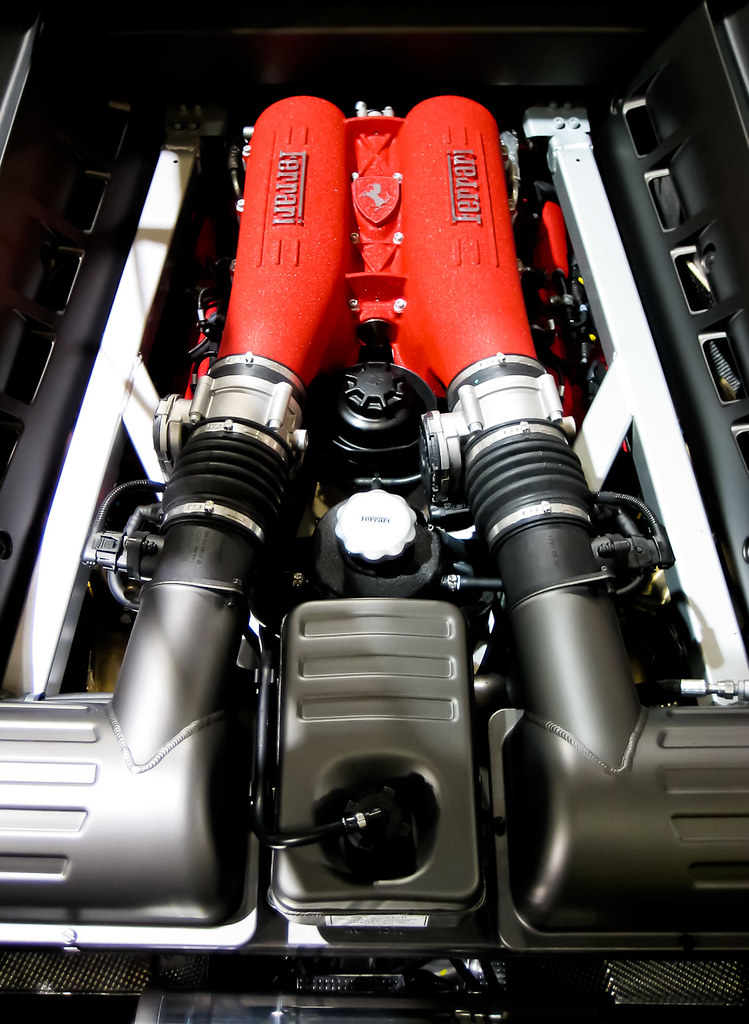
3. **The V8’s Dirty Secrets: Beyond Tailpipe Emissions**
When we talk about the environmental impact of V8 engines, the immediate thought often jumps to tailpipe emissions – the visible or invisible exhaust fumes. However, that’s just one piece of a much larger, and frankly, dirtier puzzle. The V8’s environmental footprint extends far beyond what comes out of its exhaust pipes, encompassing inherent inefficiencies and a substantial impact throughout its entire lifecycle.
One of the major, yet often overlooked, challenges is the V8’s inherent inefficiency in converting fuel energy into mechanical power. A significant portion of the energy generated from combustion isn’t used to move the vehicle; instead, it’s “lost as heat.” This isn’t just wasted energy from a performance perspective; it actively contributes to “thermal pollution,” diminishing the engine’s overall efficiency. This inefficiency hits you twice: it impacts the environment with wasted energy, and it digs deeper into your wallet due to higher operating costs and reduced range compared to more efficient powertrains.
But the story doesn’t start or end with what happens under the hood. The “production and disposal of V8 engines also present environmental concerns.” Manufacturing these complex powerplants demands “significant resources and energy,” a process that inevitably contributes to industrial pollution. Think about the extraction of raw materials like aluminum and steel, the machining, the assembly – each step carries an environmental cost. It’s a resource-intensive endeavor that leaves a substantial mark before the engine ever even fires up.
Furthermore, when a V8 eventually reaches the end of its operational life – whether it’s powering a classic or simply rusting away in a scrapyard – its complex nature makes “recycling and end-of-life management more challenging compared to simpler powertrains.” All those pistons, valves, camshafts, and intricate components, while engineering marvels, represent a significant hurdle for sustainable disposal. This complete lifecycle, from the mine to the junkyard, paints a far more comprehensive, and often troubling, picture of the V8’s true environmental burden than just its tailpipe emissions alone.
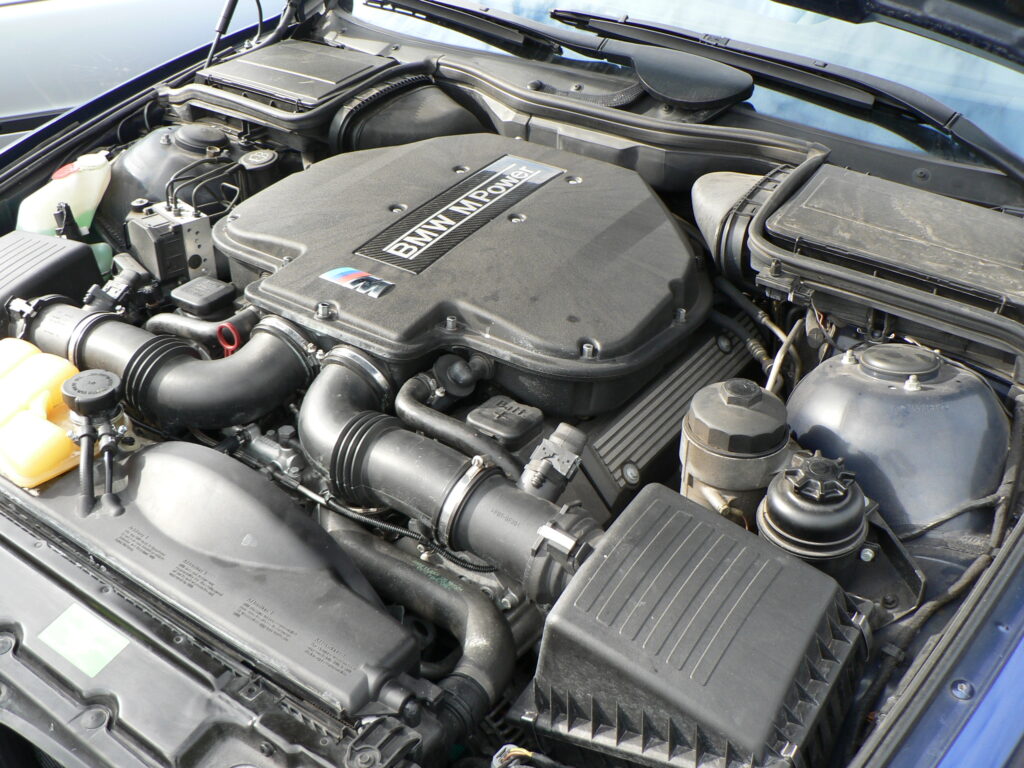
4. **The Weight of Power: V8 Mass and Its Environmental Toll**
There’s no denying that a V8 engine is a serious piece of hardware. These engines are often substantially heavier than their four- or six-cylinder counterparts, a reality that, while sometimes overlooked in the pursuit of sheer power, carries its own environmental baggage. The substantial mass of a V8 engine “increases the overall weight of vehicles,” and this isn’t just a minor detail; it’s a critical factor in a vehicle’s overall efficiency.
Every extra pound a vehicle carries requires more energy to get it moving, to accelerate, and to maintain speed, especially when dealing with the kind of heavy-duty applications V8s are often found in, like towing and hauling. This means that the V8 itself, by contributing significantly to the vehicle’s heft, directly “leads to higher energy requirements.” It’s a compounding effect: the engine is powerful, but its very existence as a heavy component demands more from the entire powertrain system.
The consequence of these increased energy demands is, predictably, “higher fuel consumption and, consequently, greater emissions.” It’s a vicious cycle: the powerful V8 engine needs to burn more fuel to overcome its own weight, alongside the vehicle’s, leading to a larger environmental footprint. This is particularly noticeable in stop-and-go city traffic, where the constant acceleration of a heavy V8-powered vehicle becomes a real drag on fuel economy and a boon for carbon emissions.
So, while we celebrate the raw power a V8 brings to the table, we also have to acknowledge the physical burden it imposes. This isn’t just about the engine’s internal efficiency; it’s about the physics of moving a heavy object. The weight of these V8 monsters adds another layer to their environmental challenge, reinforcing the idea that sheer size and power, while exhilarating, often come at a cost to the planet. It’s a factor that modern engineers are desperately trying to mitigate through lightweight materials and advanced design, but the inherent mass remains a formidable hurdle.
Read more about: Unleashing Automotive Legends: The 15 Iconic Vehicles We’re Desperate to See Roar Back into Production!
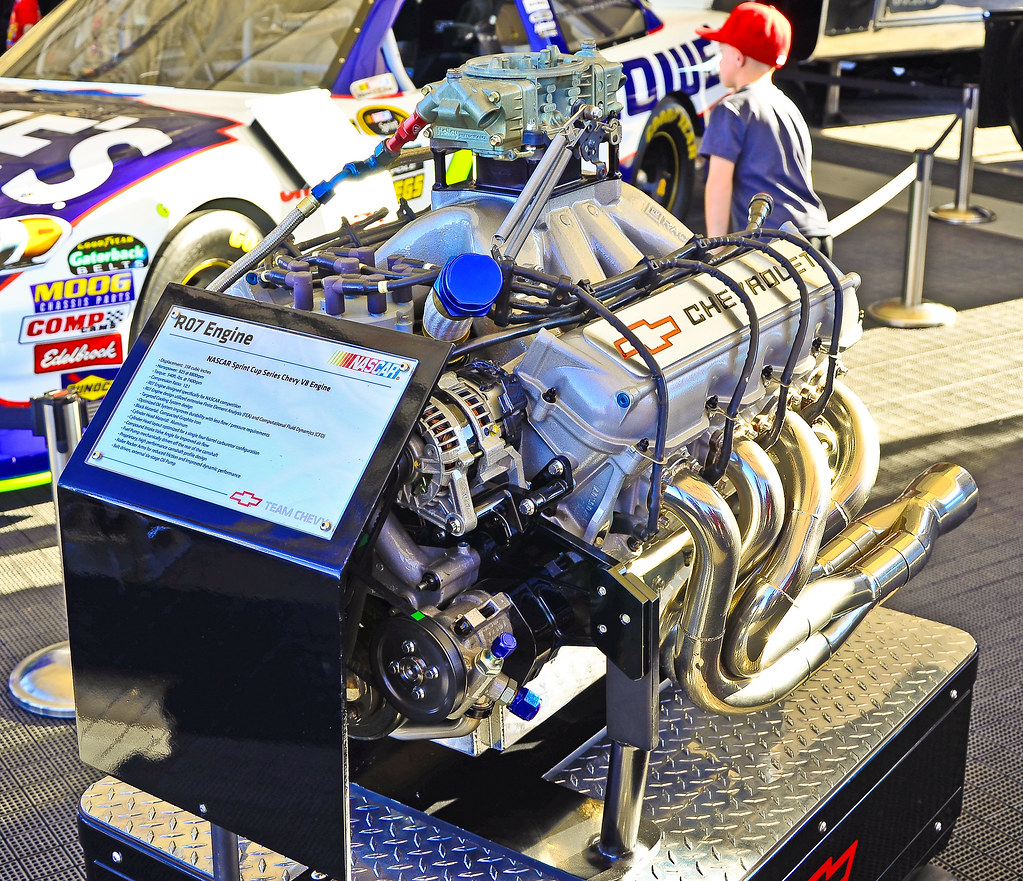
5. **Noise Pollution Symphony: The V8 Roar and Its Environmental Discord**
For many, the distinctive roar of a V8 engine is pure music to the ears. It’s an intoxicating symphony of combustion, a visceral expression of mechanical might that has defined generations of performance vehicles. This characteristic sound, a deep burble at idle that escalates into a guttural bellow under acceleration, is a significant part of the V8’s mystique and a reason why enthusiasts are so fiercely loyal to these engines. It’s an auditory signature that announces power before you even see the car.
However, what’s music to one person’s ears can be a jarring cacophony to another, and from an environmental perspective, that iconic V8 roar “contributes to urban noise levels.” As our cities become denser and more conscious of their livability, noise pollution is increasingly recognized as a serious concern, not just an annoyance. The distinctive thrum of multiple V8s operating in an urban environment can collectively add a significant amount of unwanted decibels to the ambient soundscape.
The impacts of this isn’t just an aesthetic issue; it can have “detrimental effects on human health and wildlife.” Chronic exposure to high noise levels can lead to stress, sleep disturbances, and even cardiovascular problems in humans. For urban wildlife, constant noise can disrupt communication, mating patterns, and migratory routes, essentially polluting their natural habitats with mechanical clamor. The V8’s audible presence, while cherished by drivers, becomes a source of environmental discord in this broader context.
As a result, “cities implement stricter noise regulations,” and our beloved V8 engines “may face restrictions in certain areas.” We’ve already seen bans on loud vehicles in specific city centers or during certain hours. While enthusiasts might argue that a quiet V8 is an oxymoron, the reality is that the environmental impact of noise pollution is becoming an undeniable factor in the future of automotive design and urban planning. The days of unrestricted, glorious V8 thunder might just be numbered in the pursuit of quieter, more peaceful communities.
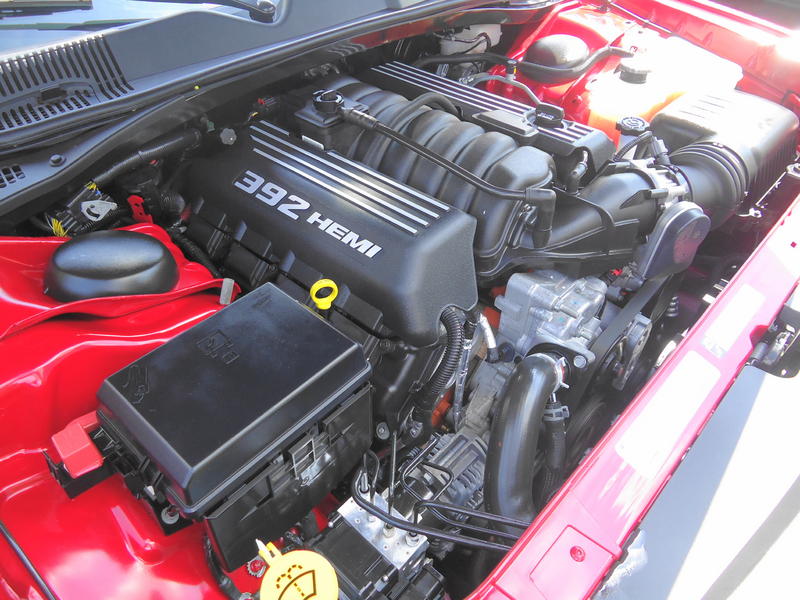
6. **The Fossil Fuel Fetish: V8’s Unsustainable Reliance**
At its core, the V8 engine, in its traditional form, is a shrine to fossil fuels. Its entire operation is predicated on the combustion of gasoline, a finite resource that carries a colossal environmental baggage from extraction to emission. This inherent “reliance on fossil fuels presents a long-term sustainability issue” that is perhaps the most fundamental challenge facing these powerful machines in the 21st century. It’s a dependency that puts them directly at odds with global environmental goals.
As the world unequivocally “moves towards renewable energy sources” for everything from electricity generation to home heating, engines that “depend solely on non-renewable resources face an uncertain future.” It’s not just a philosophical debate; it’s an economic and logistical reality. Governments and industries are investing trillions into green alternatives, and the continued, exclusive reliance on gasoline positions the V8 as a relic of a bygone era, however glorious that era may have been. The well, quite literally, is running dry on both the physical resource and the public’s patience for its environmental consequences.
This shift isn’t hypothetical; it’s already in full swing. “The automotive industry’s shift towards electrification and alternative fuels further highlights the environmental limitations of traditional V8 engines.” Every major manufacturer is pouring billions into electric vehicle development, hydrogen fuel cells, and other innovative powertrains. While V8s continue to sell, they do so against a backdrop of increasing pressure to conform to a cleaner energy landscape, or be left behind entirely. The market, driven by both regulation and consumer sentiment, is speaking loudly.
Ultimately, the environmental challenges facing the V8 engine are deeply intertwined with its carbon diet. Its “reliance on fossil fuels” is a fundamental barrier to its long-term viability in an increasingly “eco-conscious world.” Unless V8 technology can dramatically adapt to embrace alternative, sustainable fuels, or integrate seamlessly with electric powertrains, its future as a dominant engine configuration remains perpetually under threat. It’s not just about efficiency anymore; it’s about existential relevance in a world that’s moving decisively beyond the gasoline pump.
### The V8’s Valiant Stand: Fighting for Survival in a Green World
After laying out the cold, hard truths about the V8’s considerable environmental footprint, you might be tempted to wave the white flag and declare it a relic, fit only for museums or illicit street races. But hold your horses, gearheads. The story of the V8 isn’t just about its past glory or its present-day challenges; it’s also a testament to human ingenuity and the relentless pursuit of performance, even in the face of mounting eco-pressures. These aren’t just dumb hunks of metal; they’re evolving.
Automakers, surprisingly enough, haven’t just thrown in the towel. They’ve been pouring billions into making these monsters just a little less monstrous for the planet, without completely neutering the soul-stirring power we all love. From sophisticated fuel systems to sneaky cylinder deactivation tricks, and from forced induction wizardry to outright hybridization, the V8 is putting up a valiant fight. It’s a fight for relevance, for survival, and for a place in an increasingly electric future. Let’s dive into how these mechanical beasts are attempting to adapt, showing us that sometimes, even a dinosaur can learn new tricks.
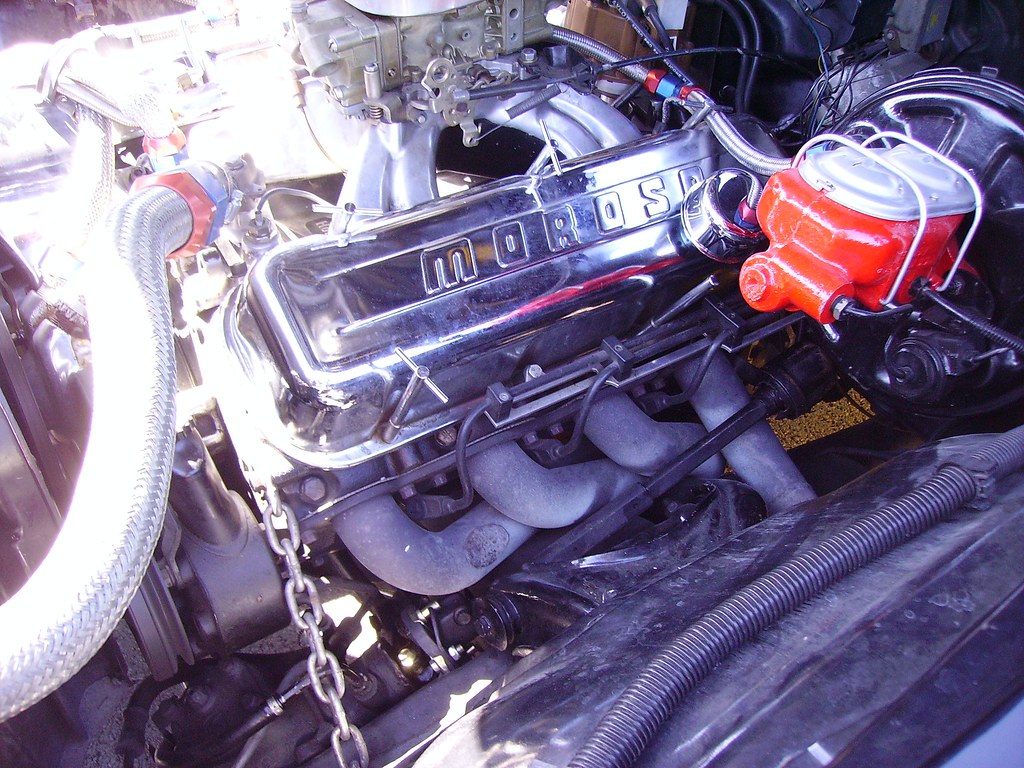
7. **Smarter Sips: Advanced Fuel Systems and Combustion**
If you want to keep a V8 around without constantly draining the Amazon rainforest into its tank, you’ve got to make it smarter about how it drinks. This isn’t just about slapping on a bigger fuel tank; it’s about optimizing every single sip of gasoline. Modern V8s are now masters of precision, thanks to a raft of technological advancements that would make earlier engineers’ heads spin.
One of the most impactful innovations has been the refinement of variable valve timing and lift systems. Remember those old engines where valves just opened and closed in a fixed pattern? That’s ancient history. Modern V8s can precisely control when and how much their intake and exhaust valves open. This “optimizes engine breathing across a wider range of operating conditions,” meaning the engine can be incredibly efficient during a gentle cruise, and then snap to attention for full power, all while burning less fuel and reducing emissions. It’s like giving the engine a custom-tailored oxygen mask for every scenario.
Then there’s the widespread adoption of direct fuel injection technology. Instead of spraying fuel into the intake manifold where it mixes with air before entering the cylinder, direct injection shoots fuel directly into the combustion chamber. This allows for “more precise fuel metering and combustion control,” which is a fancy way of saying the engine knows exactly how much fuel to use, right down to the atom. This precision leads to a more complete burn, squeezing every last bit of energy out of each drop, which “contributes to reduced fuel consumption and lower emissions.” It’s the difference between blindly pouring a pitcher and using a finely calibrated syringe. Combine this with improved combustion chamber designs, and you’ve got an engine that’s not just powerful, but remarkably efficient at the fundamental act of turning fuel into fire.
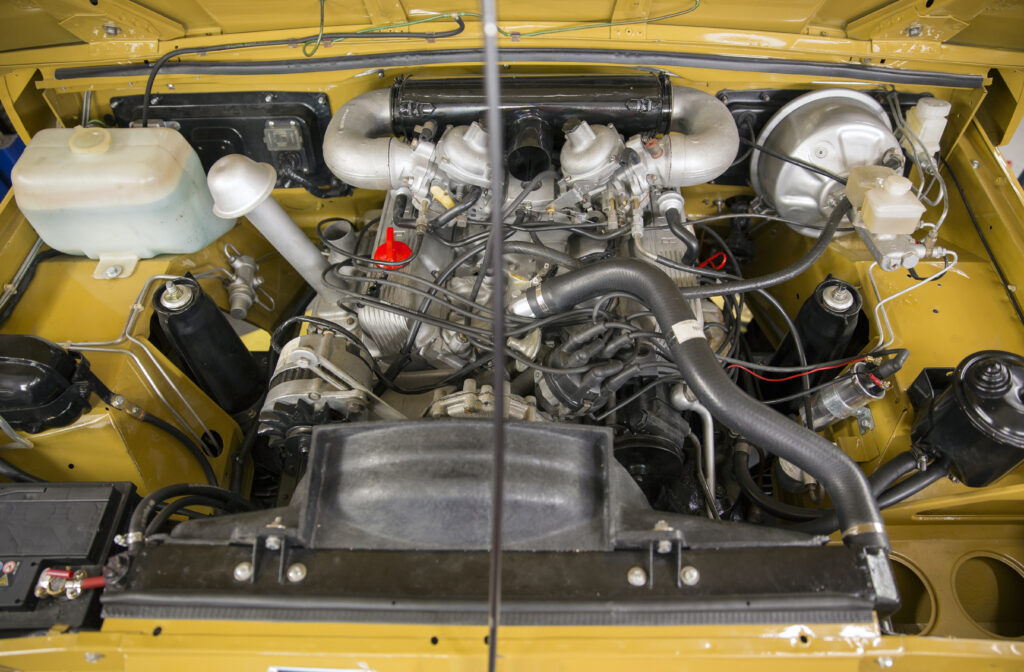
8. **The Cylinder Shuffle: Deactivation and Stop-Start Smarts**
Imagine having a V8 engine that can, at will, turn into a V4 or a V6. Sounds like sci-fi, right? Well, it’s very real, and it’s one of the cleverest tricks V8s have learned to pull to improve their eco-credentials. “Cylinder deactivation, or dynamic skip fire technology, has emerged as a significant innovation in V8 engine design,” and it’s fundamentally changing how these powerhouses operate in everyday driving.
The magic happens under light load conditions – think cruising on the highway or gently puttering around town. Instead of all eight cylinders constantly firing and consuming fuel, the system “allows the engine to operate on fewer cylinders.” It effectively shuts down half or more of the cylinders, disengaging their valves and cutting fuel supply, transforming your roaring V8 into a more economical V4 or V6. This “dramatically improv[es] fuel efficiency during cruising or low-demand driving scenarios,” where full V8 power is simply overkill.
But don’t think you’re sacrificing that glorious V8 surge when you need it. The beauty of these systems is their seamless operation. “When full power is required, all cylinders can be instantly reactivated, preserving the V8’s characteristic performance.” You get the best of both worlds: economy when you don’t need all that grunt, and all eight cylinders ready to rumble the moment your foot demands it. Alongside this, “implementing start-stop technology” – where the engine briefly shuts off when the vehicle is stationary – further contributes to “better fuel economy, especially in urban driving conditions.” It’s all about teaching the V8 to take a breather when it’s not actively working, chipping away at that fuel consumption figure.
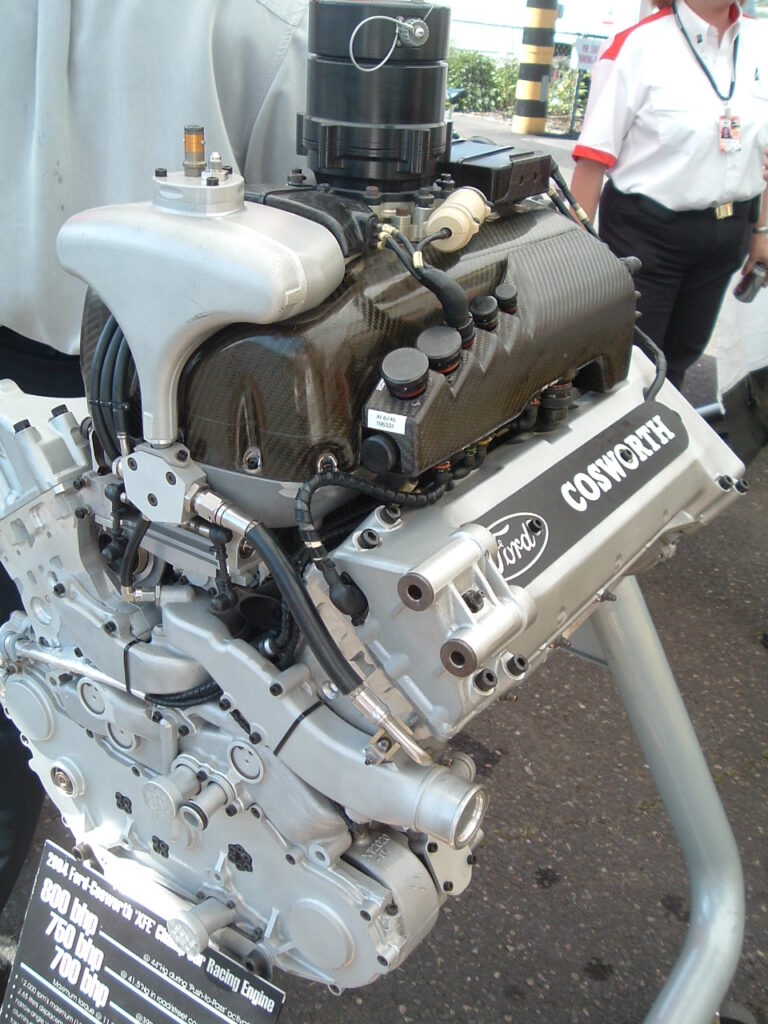
9. **Little Engine, Big Punch: Forced Induction and Downsizing**
For decades, if you wanted more power, you just made the engine bigger. More displacement, more cylinders, more of everything. But in an eco-conscious world, that’s a recipe for disaster. Enter forced induction, the V8’s secret weapon for making a smaller engine feel like a much larger one. “Turbocharging and supercharging technologies have also played a crucial role in the V8’s eco-evolution,” allowing engineers to defy the laws of natural aspiration.
These systems work by cramming more air into the engine’s cylinders than it could pull in naturally. A turbocharger uses exhaust gases to spin a turbine, which then drives a compressor to force air into the engine. A supercharger, on the other hand, is mechanically driven by the engine itself. Both achieve the same goal: “These forced induction systems enable engine downsizing while maintaining or even increasing power output.” Suddenly, a smaller displacement V8 can deliver the punch of a much larger, naturally aspirated predecessor, but with better fuel efficiency because it’s only using that extra boost when you ask for it.
This “smaller displacement V8 engines equipped with turbochargers or superchargers can deliver the performance expected of larger naturally aspirated engines while consuming less fuel and producing fewer emissions.” It’s a win-win scenario, at least on paper. You get that exhilarating V8 experience, but your conscience (and your wallet) takes less of a hit. While purists might mourn the loss of a screaming naturally aspirated engine, the reality is that forced induction is proving to be a critical lifeline, allowing the V8 to adapt and thrive in an environment where every cubic inch is scrutinized for its environmental impact. It’s the ultimate ‘have your cake and eat it too’ moment for V8 lovers.
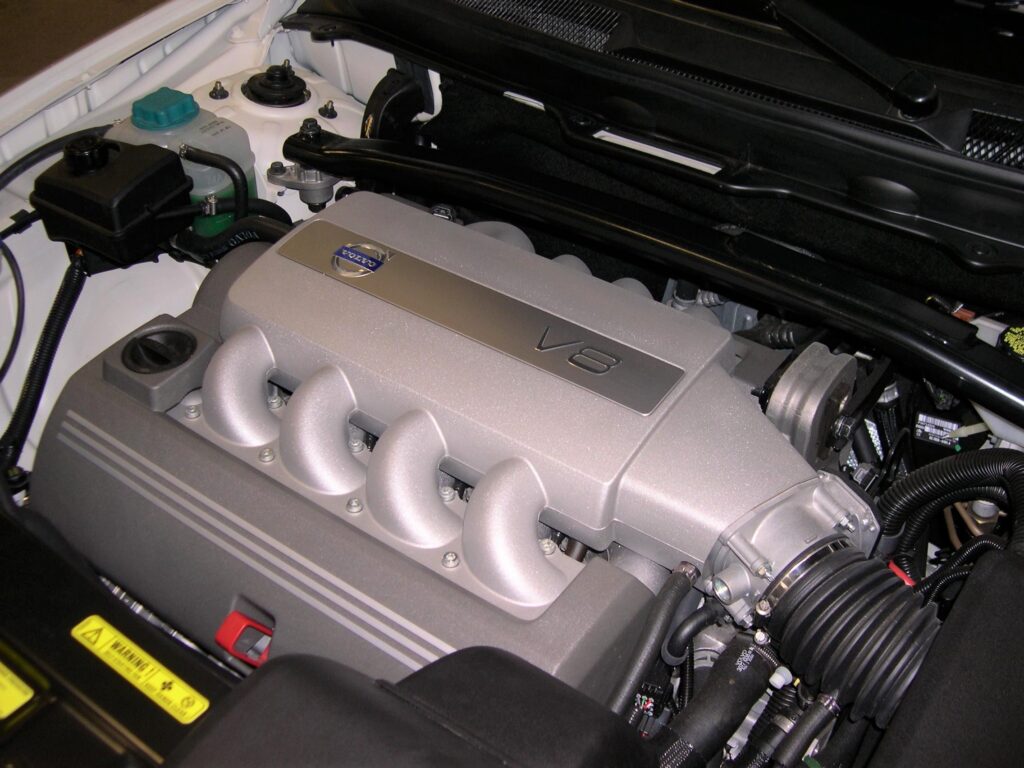
10. **The Quiet Revolution: Hybrid and Mild-Hybrid V8s**
If the idea of a V8 engine that sometimes runs on electricity still makes you do a double-take, welcome to the future. Or rather, the present. “The integration of hybrid and mild-hybrid systems with V8 engines represents another significant step in reducing their environmental impact,” transforming these gas-guzzling titans into surprisingly sophisticated eco-warriors. This isn’t about ditching the V8; it’s about making it a team player with an electric motor.
These electrification strategies are incredibly clever. They “allow for energy recovery during braking,” essentially turning wasted kinetic energy into usable electricity that’s stored in a battery. That stored power can then provide “electric assist during acceleration,” giving the V8 a little boost and allowing it to work less, or it can enable “extended engine-off periods,” particularly useful in urban traffic. All of these factors contribute to “improved fuel economy and reduced emissions in urban driving conditions,” where traditional V8s are notoriously inefficient.
Remember those early hybrid V8s from GM, like the 2013 Chevy Tahoe, GMC Yukon, and Cadillac Escalade Hybrid? While “they were not exceptionally fast” and commercially “a failure,” they were pioneering attempts at combining V8 power with electric assistance. These weren’t necessarily the performance-focused hybrids we see today, but rather early experiments in fuel efficiency. Today, the technology has come a long way, leading to more seamless and effective “hybrid V8 systems, which combine the traditional appeal of a V8 engine with improved fuel efficiency and reduced emissions.” It’s an evolving dance between internal combustion and electric power, pushing the V8 towards a greener future without stripping away its iconic grunt.

11. **Eco-Beasts: The Surprisingly Fuel-Efficient V8s**
Let’s be honest, the phrase “fuel-efficient V8” often sounds like an oxymoron, a contradiction in terms usually reserved for bad jokes. We’ve been conditioned to expect these glorious engines to drink fuel with the same enthusiasm they produce horsepower. The “overwhelming majority of V8s have a combined MPG somewhere in the teens,” and even modern versions struggle to break free from those numbers. So, when a V8 actually manages to be *decent* on gas, it’s a genuinely surprising achievement that deserves a spotlight. Our benchmark for this list, a respectable 20 MPG combined, is truly “exceptionally rare” for a V8, and yet, a few unicorns exist.
Take the 2025 Lexus IS 500 F Sport, for example. This isn’t some tiny, underpowered commuter car. It’s a 472-horsepower V8-powered sports sedan, yet it manages a combined 20 MPG (17 city/25 highway). Lexus “barely squeaked onto this list,” but they did it. And here’s the kicker: “Per Fuelly, in the real world this model’s energy efficiency is higher than 20 MPG, as most drivers’ self-reported numbers as better than the estimations.” That’s a strong indicator that careful driving and modern engineering can indeed coax impressive economy from a V8. It’s a testament to Toyota’s D-4S (Direct injection 4-stroke gasoline engine Superior version) technology and VVT-iE (Variable Valve Timing-intelligent by Electric motor) on the intake camshaft, which optimize fuel efficiency across a wide range of operating conditions.
Then there’s the 2024 Chevrolet Camaro, an American pony car – a segment not exactly known for its green credentials. Yet, the V8 model of the Camaro was rated for a combined 20 MPG (16 city/26 highway). While it’s noted that “people don’t generally drive pony cars with fuel efficiency in mind,” making real-world numbers tricky, the engineering behind this figure is undeniable. This result “more or less holds true in real-world use,” showing that even a muscle car can have a surprisingly efficient side if you’re not constantly redlining it.
And let’s not forget the pioneering, if imperfect, efforts of GM with their 2008-2013 Chevy Tahoe, GMC Yukon, and Cadillac Escalade Hybrids. Grouped together because they shared the same innovative approach, these full-size SUVs were equipped with a V8 and a hybrid powertrain. While “they were not exceptionally fast” and perhaps didn’t achieve the market success GM hoped for, they were crucial in demonstrating that even large, V8-powered vehicles could integrate hybrid technology for improved efficiency. These were early, bold steps towards making the V8 compatible with greener aspirations, proving that the concept of a fuel-efficient V8, while rare, is far from impossible.
The roar of the V8, for all its ecological challenges, clearly isn’t fading into a silent night just yet. It’s adapting, evolving, and perhaps, even thriving in its own unique way. The innovations we’ve explored—from surgically precise fuel injection and dynamic cylinder management to the electrifying embrace of hybridization—demonstrate that the industry isn’t ready to let these iconic powerplants vanish without a fight. Yes, the EPA’s hammer hangs heavy, and the shift towards electrification is undeniable, but the ingenuity of engineers means the V8 might just carve out a niche for itself, albeit a more responsible one, in the automotive landscape of tomorrow. It’s a future where power and a slightly clearer conscience might just be able to coexist, proving that even a monster can learn to tread a little lighter. So, will your next performance machine still rumble with a V8? Only time, and a whole lot more clever engineering, will tell. But don’t count it out yet; these beasts have proven they’ve got some fight left in them.


